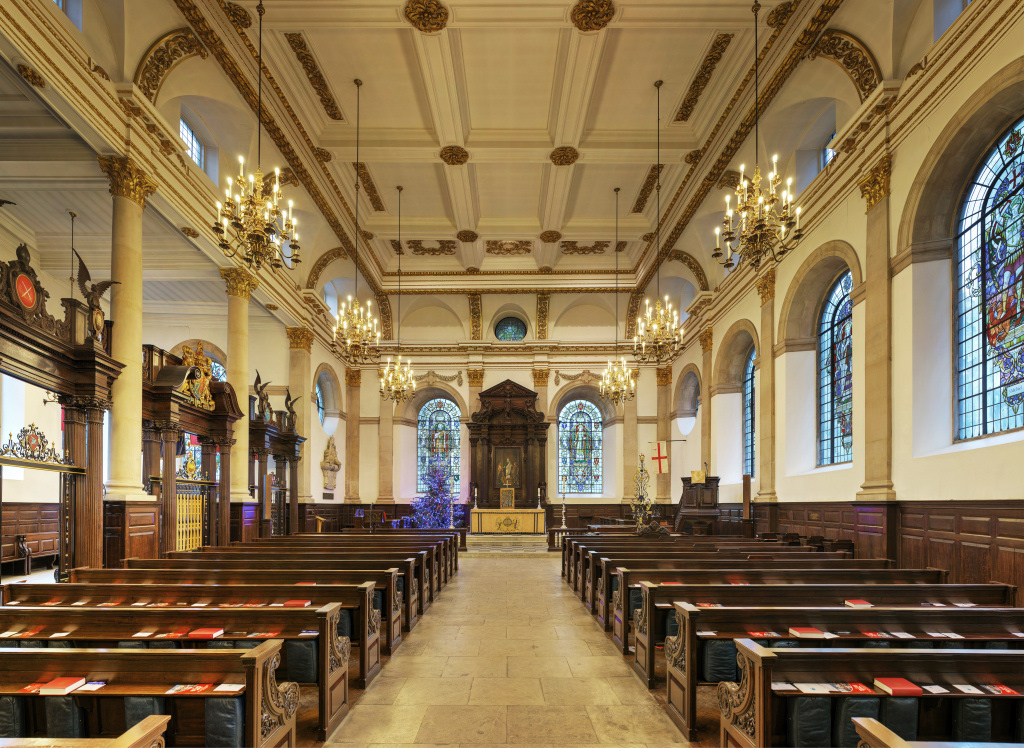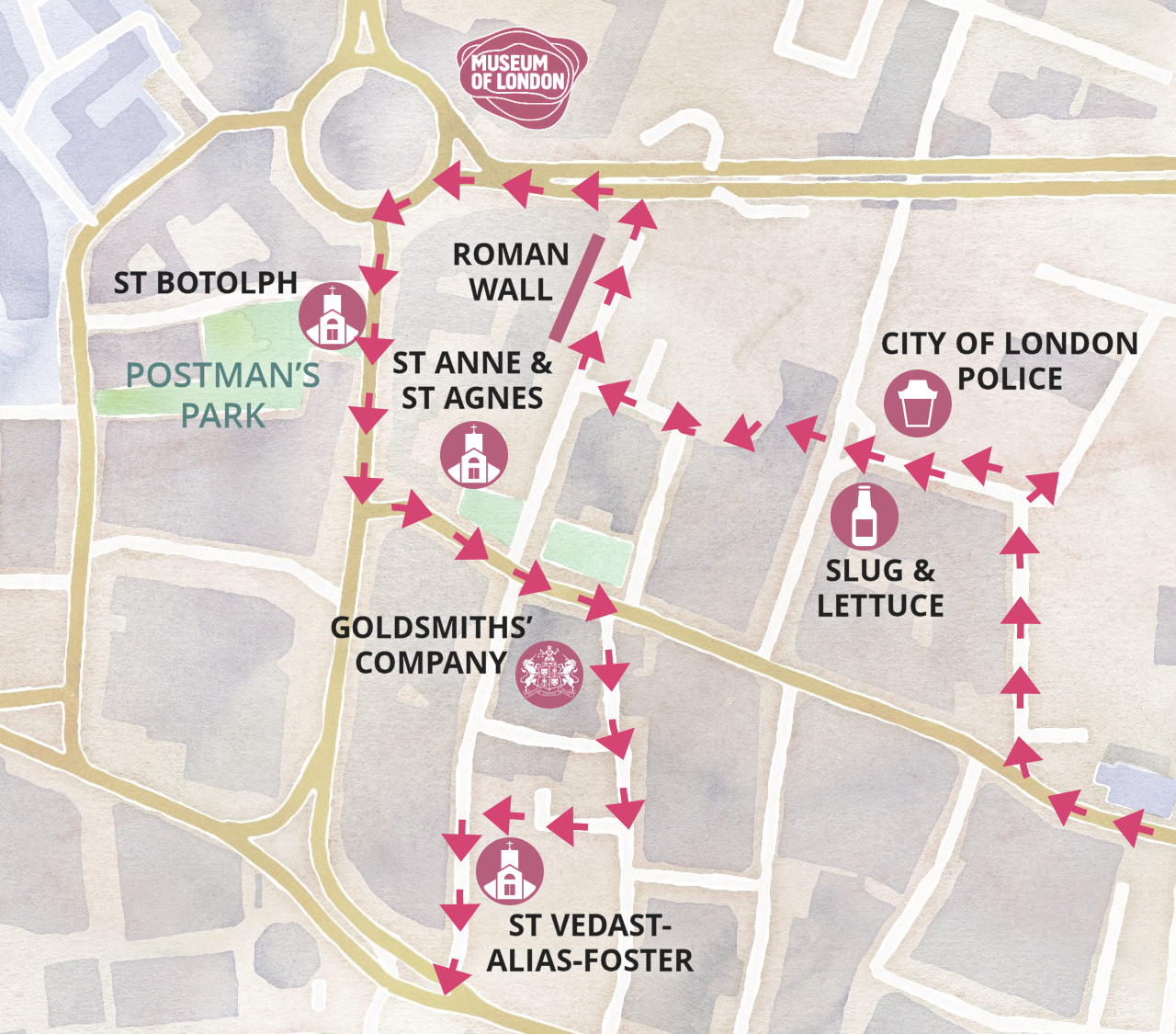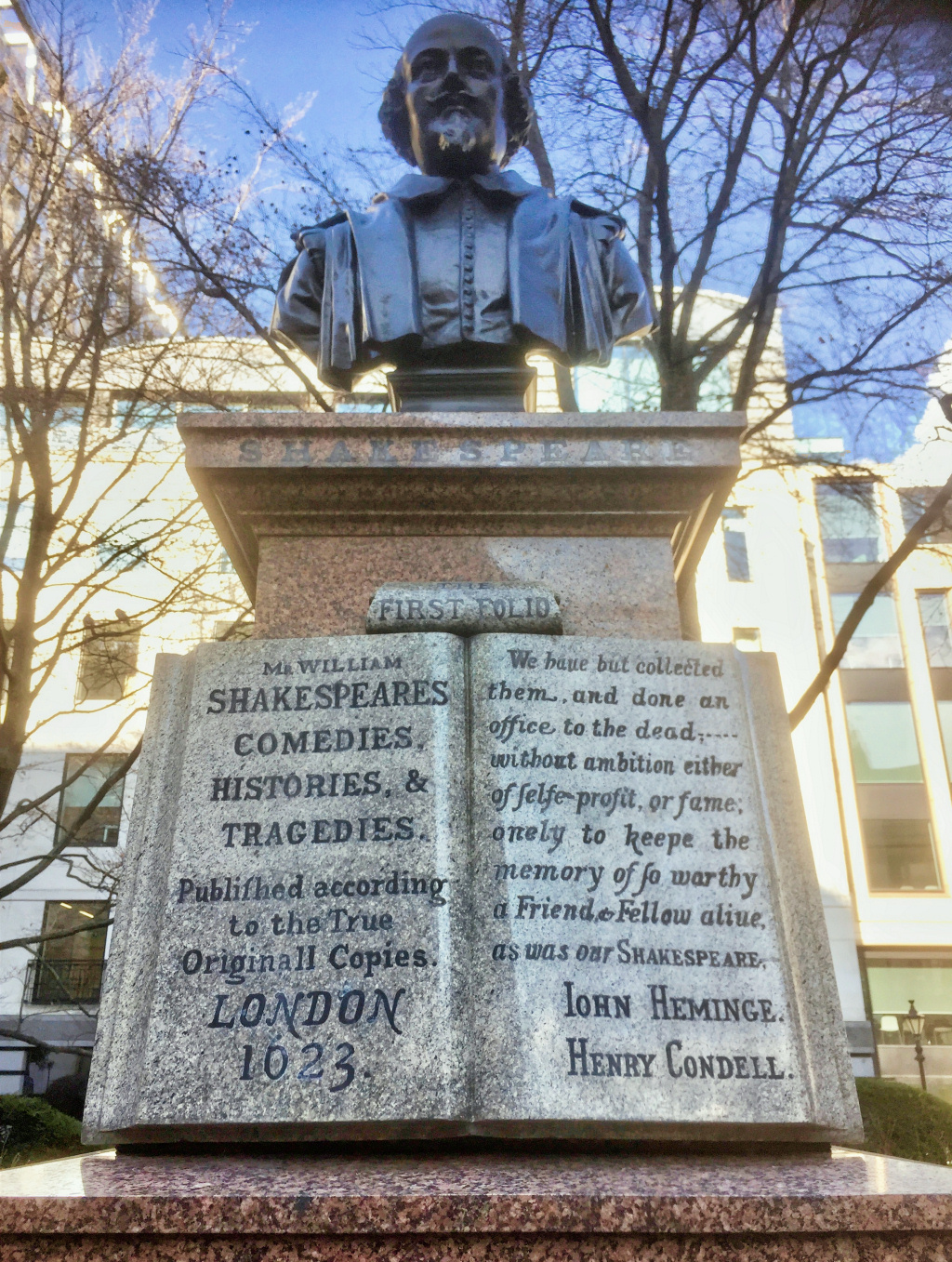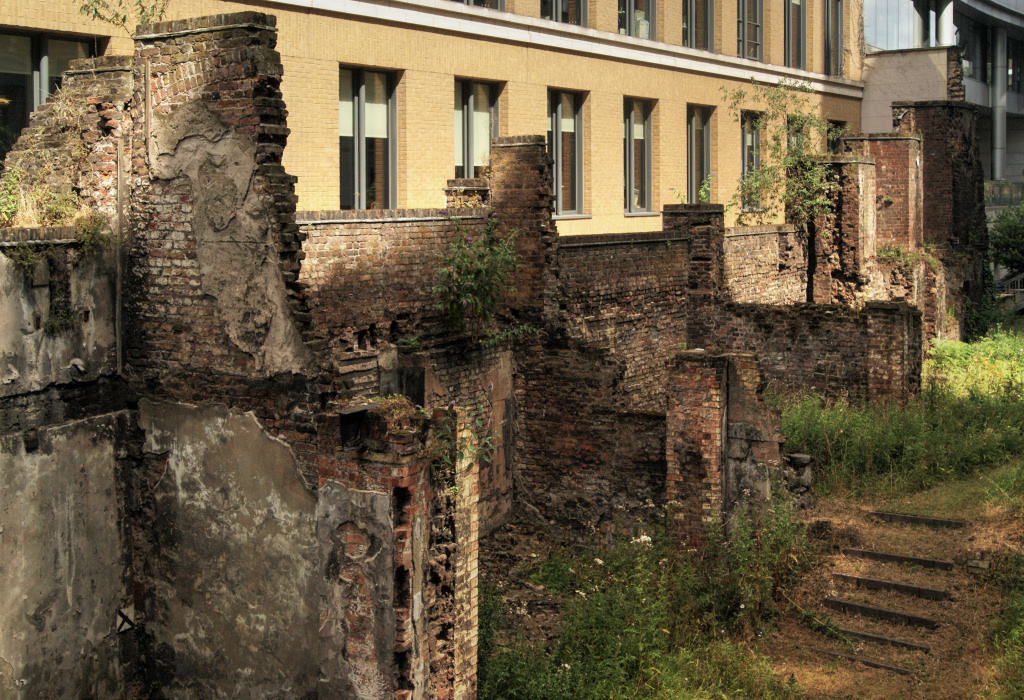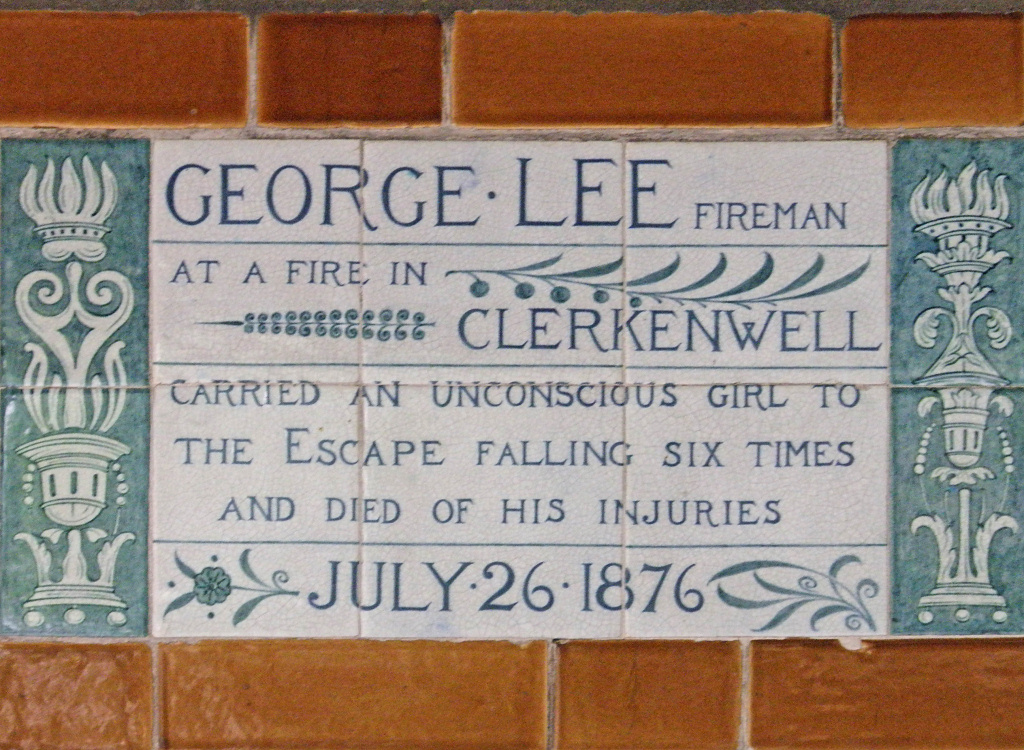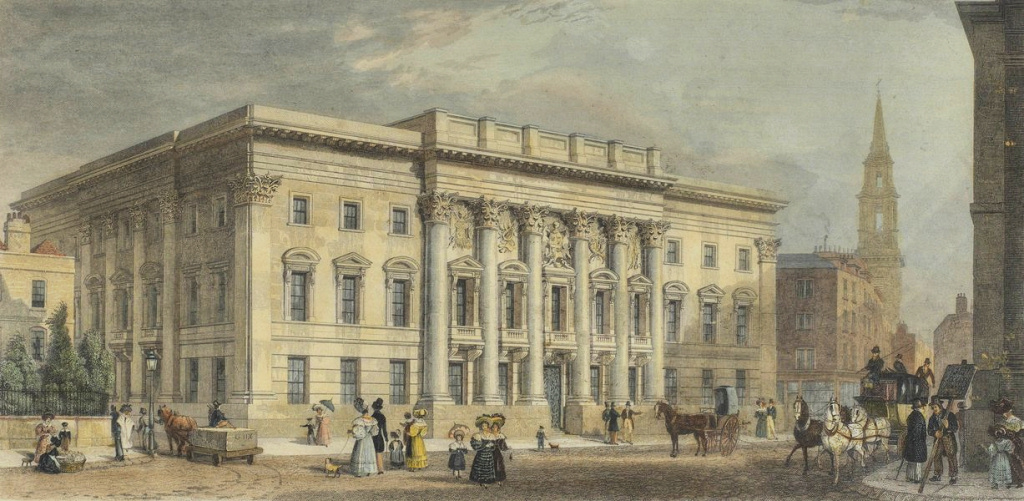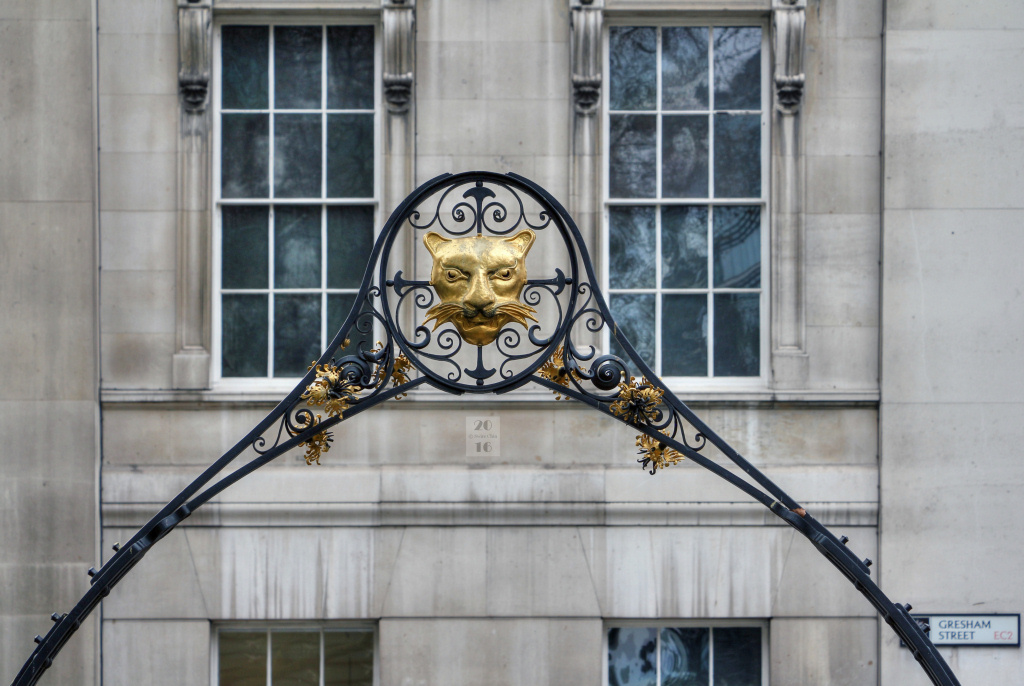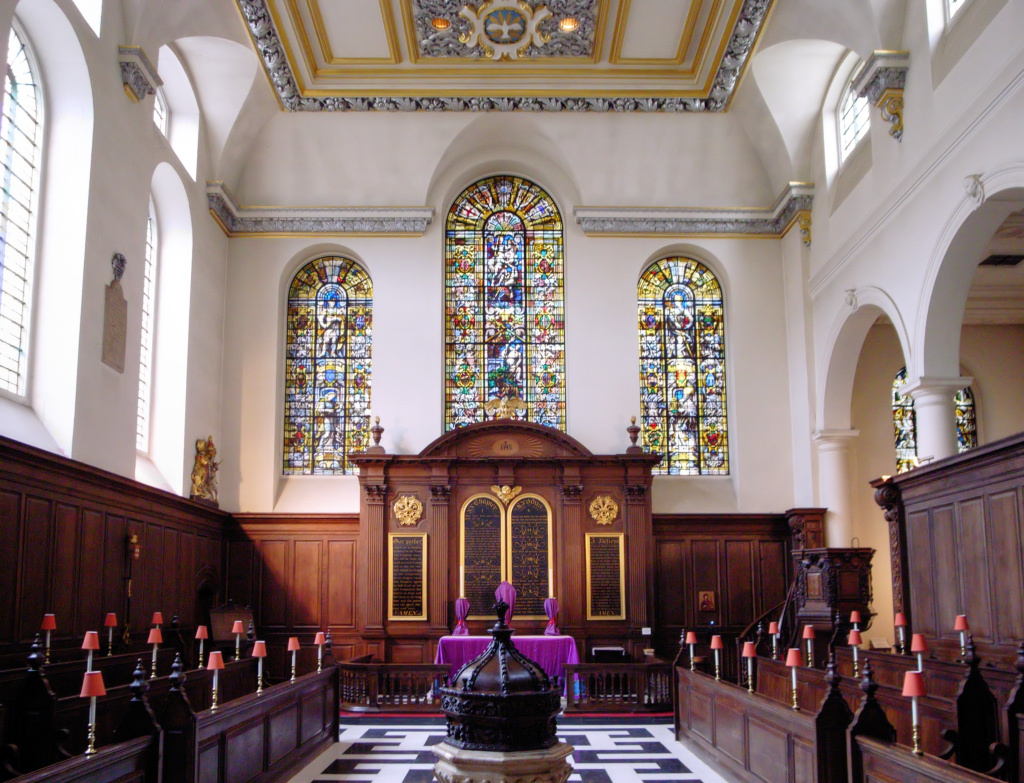Updated: 26 May 2024 |
|
Length: About 2 miles |
|
Duration: Around 3 hours |
|
Appendix: Click to view |
|
PDF: Click to download |
City of London walk 1
HIGHLIGHTS OF THE WALK
The walk includes Bank Junction, the Ned Hotel, Old Jewry, Gresham Street, the Guildhall and the Guildhall Art Gallery, City of London Police Museum, Noble Street’s Roman Wall viewing gallery, Postman’s Park, St Martin’s le Grand post office, Wax Chandlers’ Hall, Goldsmiths’ Hall & Assay Office, Saddlers’ Hall, the church of St Vedast-alias-Foster, Cheapside.
Start: Poultry |
|
Finish: Cheapside |
GETTING HERE
The walk starts at the beginning of Poultry at Bank Junction
Bank station is easy to reach from most parts of London, being served by five tube lines. Be warned though – the station is a somewhat of a maze – there are nine separate exits, though they are well signposted. Bank station is currently undergoing a £600 million upgrade and this should make it easier to navigate and more pleasant experience to pass through. The project is due for completion in 2022.
The area is also served by a number of buses.
ONCE YOU’VE ARRIVED
If you have arrived by tube, leave Bank station by Exit 1 – it’s marked ‘Princes Street, Lothbury, Gresham Street, Poultry (which is where we head first) and Cheapside’. Go up the first flight of steps then take the second flight to the left. At the top, walk straight ahead – you are in Poultry.
Getting your bearings
As you emerge from at the top of the stairs and if you don’t know the area, then –
- looking behind you is the Royal Exchange,
- just to the left of that is the Bank of England,
- on the other side of the road from where you are standing is the Mansion House, the official home of the Lord Mayor of the City of London (it’s the building with the columns at the front).
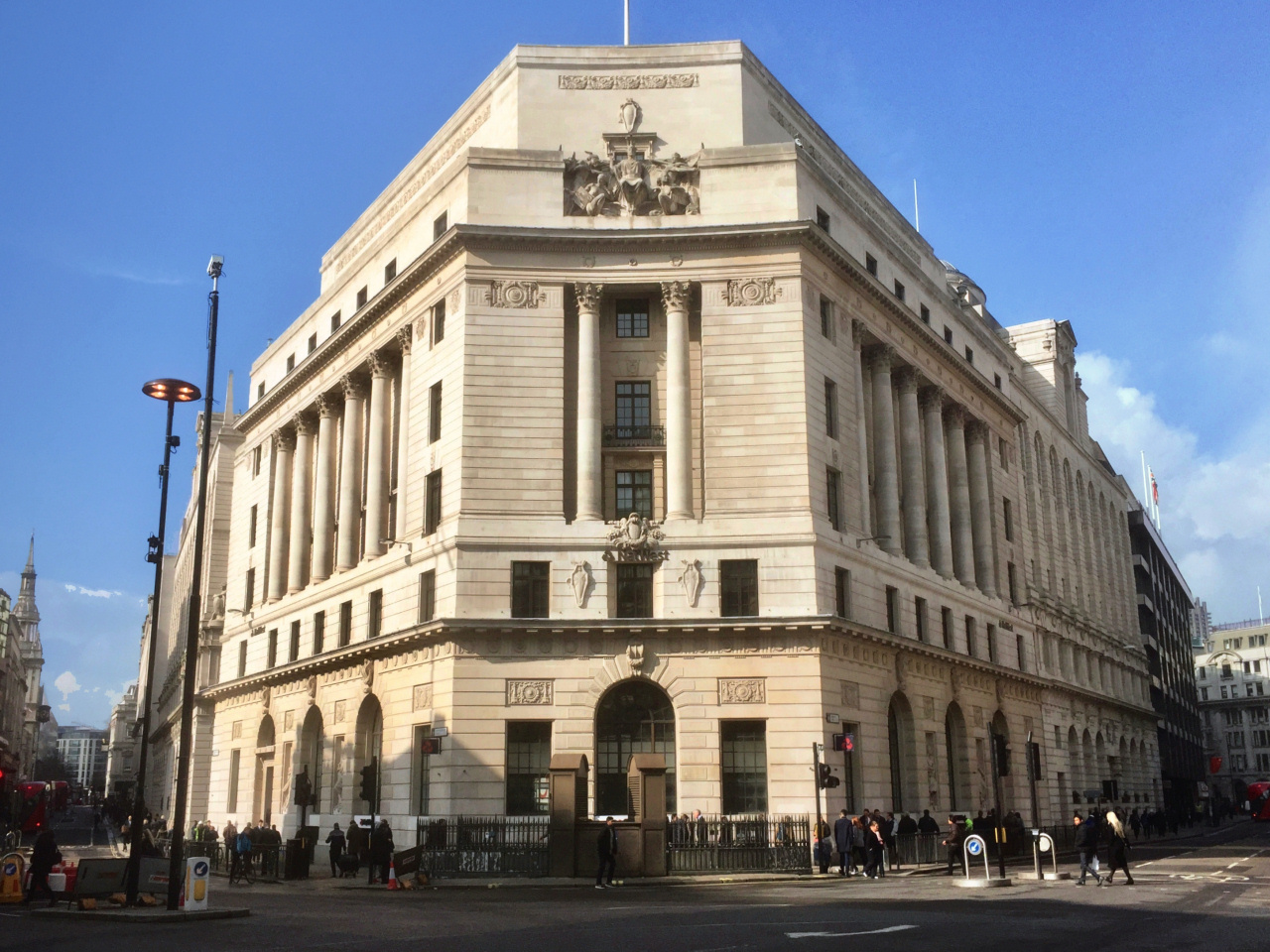
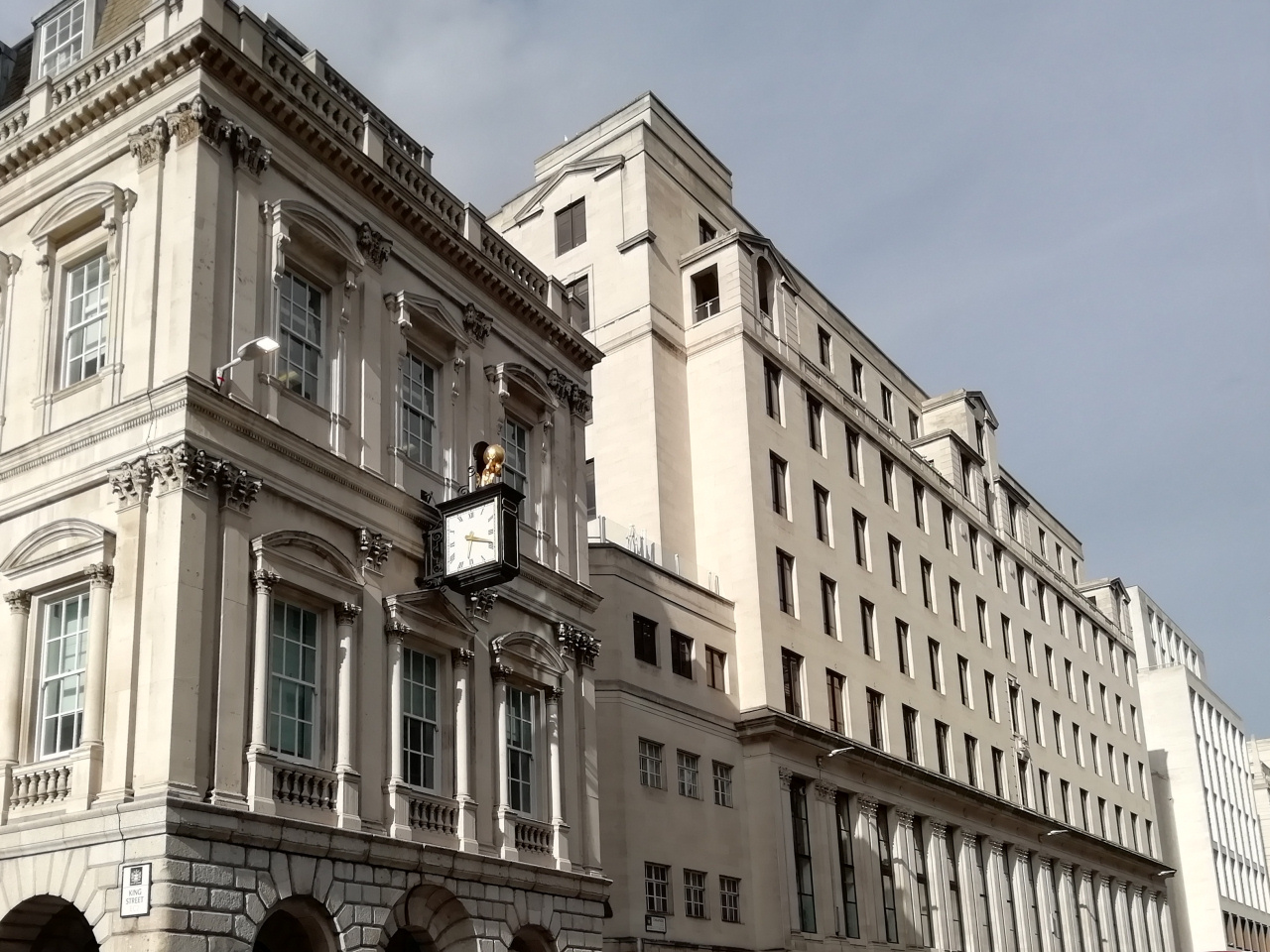
STARTING THE WALK
We start by walking straight ahead along Poultry. It acquired its unusual name as a result of the many stalls and shops that once prepared and sold chickens, ducks and geese here. Similarly, other streets leading off Poultry and its continuation street Cheapside are also named after the products sold there – Milk Street, Wood Street, Honey Lane, etc.
The magnificent five-storey building with the gently curving frontage and an inset pair of giant columns on the junction of Poultry and Princes Street is a NatWest bank. It was built in 1932 on a site that one newspaper at the time described as ‘the best in the Empire’, for the National Provincial Bank, despite their head office being just around the corner in Bishopsgate. If you’re here on a weekday, it’s worth popping in to take a look – the original banking hall has been restored, complete with domed ceiling. You can’t really appreciate the building from here, but it is one of the four ‘iconic buildings’ on the corners of the so-called ‘Bank Junction’. I have put more information in the appendix on the history and architecture of what to me is a fascinating building.
You may have spotted the sign on the wall of the Ned announcing that you are now in the ‘Ward of Walbrook’ – I’ve explained more about the wards of the City of London in the appendix.
The next building you pass is even larger and was also a bank; in fact more than just a bank, it was actually the London headquarters of the Midland Bank and when it opened in 1924 it was the world’s largest ‘bank clearing house’. It has recently been converted into one of London’s newest and most exclusive hotels, with the unusual name of ‘The Ned’. I find it quite amazing the way in which a huge 11-floor Grade I listed building has been so tastefully converted into such a prestigious 250-bedroomed hotel and private members’ club.
Continue along Poultry – ahead you can see the tower and spire of St Mary-le-Bow Church. We don’t visit it here but at the end of the walk you can stroll down Cheapside to take a look.
The narrow street running down the side of the Ned is Grocers’ Hall Court, now just a distinctly unattractive rear service alley, but at the end is the Grocers’ Company’s livery hall,* a mixture of an old and new building. As with most of these livery halls, it consists of a ‘Great Hall’ as well as a members’ bar, meeting rooms and administrative offices. However, unless you happen to be a grocer, I don’t think it’s worth a detour to take a look.
* I explain more about the livery companies in the appendix.
Continue on a little further, crossing over Old Jewry then turn down the next street on the right, by the side of Barclays Bank and into Ironmongers Lane. On the right is another livery company’s hall – the Worshipful Company of Mercers, which occupies most of the upper part of the street.
Mercers traded in both exporting and importing ‘luxurious’ fabrics such as wool, velvet and silk. They are ranked ‘first’ in the hierarchal order of the merchants’ companies, which I explain in more detail in the appendix.
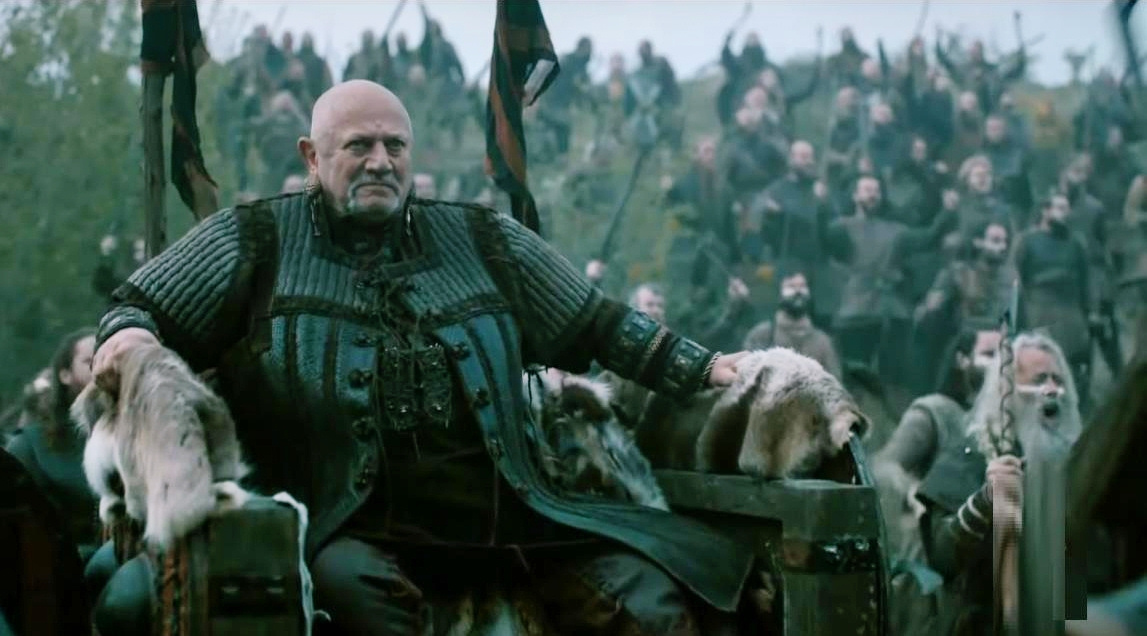
Take the first right into St Olave’s Court – passing what used to be St Olave’s Church, dedicated to the 11th century patron saint of Norway, St Olaf.* It was destroyed in the Great Fire in 1666, rebuilt by Christopher Wren and then, for reasons I haven’t established, demolished in 1887, leaving only the tower and west wall. It’s now the offices of a firm of solicitors.
* Olaf II was Norway’s first Christian king. He reigned between 995 and 1030. At the time, England, like Norway, was part of Cnut’s huge Scandinavian empire. The English King Ethelbert fought alongside Olaf to beat Cnut and the invading Danes in 1013. After Olaf died in 1030, he became a Catholic saint. And I like the fact that he was known as Olaf the Fat (or Stout) – who says ‘fatism’ is just a modern thing?
You emerge into Old Jewry – directly opposite on the other side of the street there’s a plaque on the wall of the building explaining that until 1272 this was the site of the famous Great Synagogue, which was destroyed after the Jews had been expelled from England.
Turn left up Old Jewry and left again into Gresham Street, then first right into Basinghall Street (sometimes written with a double ‘s’, the name coming from the Bassing family who built their mansion here in the 14th century.) And as the sign on the wall explains, you are now in the Ward of Cheap.
Notice the old, church-like building on your left – when we turn left up alongside it into Guildhall Buildings you realise it’s not actually a church, but the Mayor of London and City of London’s Court, which was established here in 1921.
Opposite the court are the offices of the City of London Police, and after just a few yards you enter the actual courtyard of the Guildhall.
This is one of the most historically important sites in the whole of the City of London. It is where for centuries the Corporation of the City has been based – and still is today. It’s a splendid sight, particularly looking across the courtyard at the magnificent Great Hall in the East Wing, which was restored in 1910 to its original 1738 design.
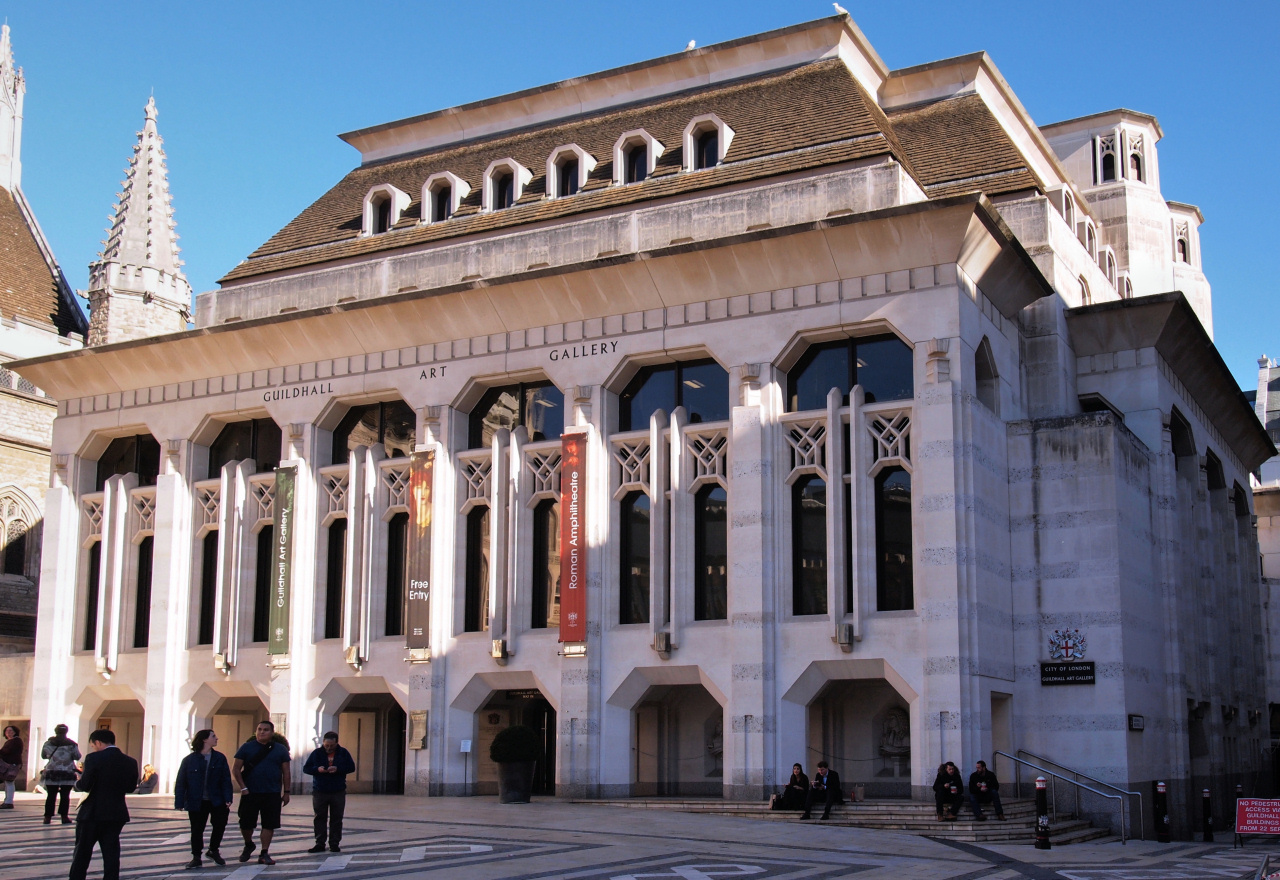
The more modern building on your right is the Guildhall Art Gallery, which opened to the public in the mid-1990s. It’s free to enter and open every day except Sundays. If you have the time, it’s well worth a visit. The upper floors are predominately given over to an excellent collection of paintings, but what I find particularly fascinating is the ‘basement’, where the remains of the Roman amphitheatre were discovered. It is quite amazing how, by using some of the original stones, a part of the amphitheatre has been ‘re-created’. As I say, it’s definitely worth seeing if you have time.
Leave the courtyard via the lane that runs down the side of St Lawrence Jewry Church. (On the opposite side of the courtyard from the Guildhall – notice the old police telephone box on your right).
At the end turn right along Gresham Street – and on the wall of the church, there’s another plaque reminding us we are still in the ‘Ward of Cheap’. All of these Ward noticeboards (there are twenty-five Wards in the City) list the names of the ‘Common Councillors and Ward Clerks’. But notice the names – rarely do you see ‘common’ or everyday names such as Fred Smith or Bob Jones here!
If the main door (known as the West Door) of St Lawrence Jewry Church is open, which it normally is on weekdays, then take a look inside. There are usually coffee and refreshments available – and very nice loos! (As with many city churches, it’s often closed at weekends.)
From the church, walk past the small triangular shaped ‘fishpond’ and turn right up Aldermanbury, passing the front of the Guildhall’s modern West Wing. At the end of the long glass frontage is the entrance to the City Business Library and the City of London Police Museum. Admission to the museum is free, and it is open from Monday to Friday.
The Police Museum is fascinating and well worth a quick visit. Although small, it’s full of fascinating exhibits that cover the force’s 175 or so years. Topics covered include the original Watchmen and Wards of the City, the story of Jack the Ripper, policing throughout the Blitz – through to the more modern problems of dealing with terrorism and cybercrime. In case you don’t have time to visit, or it’s closed, I have put more information about the Watchmen and Wards of the City in the appendix.
Continue along Aldermanbury – we will be turning left into Love Lane, but before we do cross over and walk through the little garden on the corner in front of you. It’s on the site of the Church of St Mary Aldermanbury, which was built around 1437 on the site of an earlier church, probably around 1180 or even earlier.
Leave the garden via the opposite end from which you entered and walk on down Love Lane – it’s very short and runs alongside the City of London police station. At the end is Wood Street and you can’t fail to see the tower that stands in the middle. It’s all that’s left of St Alban’s Church, whose origins date back to the time of King Offa of Mercia who is said to have had a palace here. It had fallen into disrepair and was rebuilt in 1634, but just thirty years later it was destroyed in the Great Fire. It was rebuilt by Christopher Wren, (what a busy man he must have been!) but this time in a Gothic style. Sadly it was yet another city church subsequently destroyed by bombs in the Second World War, leaving just the Grade II listed tower that you still see today.
Cross Wood Street. Directly opposite, underneath a large office building, is a lane called St Alban’s Court, which we walk up next. (The ‘modernistic’ looking building at the right-hand end of Wood Street is part of the Barbican – a huge complex that some people love, and others hate – personally, I really like it and I will be including it in another walk).
At the end of St Alban’s Court, walk up the steps and continue past the little garden that’s built on the site of St Mary Staining, another old church that was destroyed in the Great Fire and wasn’t rebuilt. (The name Staining comes from a family from Staines in Middlesex who owned considerable property in this area.) The first reference to the church was in 1187 when it was referred to as Ecclesia de Staningehuge.
Continue ahead into Oat Lane, passing the red brick hall of another livery company, this time the Worshipful Company of Pewterers. It was destroyed in the Second World War and rebuilt in 1960.
At the top of Oat Lane, there’s a sign on the right-hand side that tells us that from 1703 to 1940, this was the site of the of the Coachmakers’ livery hall, another victim of the bombing during the Second World War. Whilst the company is no longer involved in its original trade of supporting members who were the manufactures of horse-drawn coaches, it still thrives, thanks to the support of new members who are drawn from those employed in the automobile and aviation industries. Progress indeed!
You are now in Noble Street – in front of you is a really fascinating viewing platform, so I suggest you start at the left-hand side and walk its full length as it allows you to see one of the best-preserved sections of the original Roman Wall.
Two thirds along the viewing platform, at the point where the office building behind the wall becomes more modern, you will see a ‘crest’ with the words ‘Let Brotherly Love Continue’. This is the motto of the Worshipful Company of Plaisterers – the original name for those in the plastering trade. The Worshipful Company of Plaisterers was formed as a medieval trade guild to regulate the quality of plastering in the City of London and to safeguard the welfare and interests of plasterers. It received its first Royal Charter in 1501.
Their hall and headquarters occupy the lower levels of the modern building and is their fourth hall, the previous ones having been damaged or destroyed. Although built inside this modern 1970s building, the hall was carefully reproduced in its original neo-classical Robert Adam style. I haven’t yet been able to gain access, but I’m told that it is really beautiful (which, considering their trade, isn’t surprising). And besides being one of the finest of the livery halls, it is also the largest. It opens onto the ‘Jubilee Garden’, established by the Company in 1977. Each year the Company presents a Jubilee Crown to the City of London Corporation as ‘rent’ for the garden.
Time to stop for a snack?
The Museum of London has a choice of cafés and restaurants and even an indoor space for you to eat your own picnics – though this is exclusively for school groups during term time.
Time to stop for a snack?
The Museum of London has a choice of cafés and restaurants and even an indoor space for you to eat your own picnics – though this is exclusively for school groups during term time.
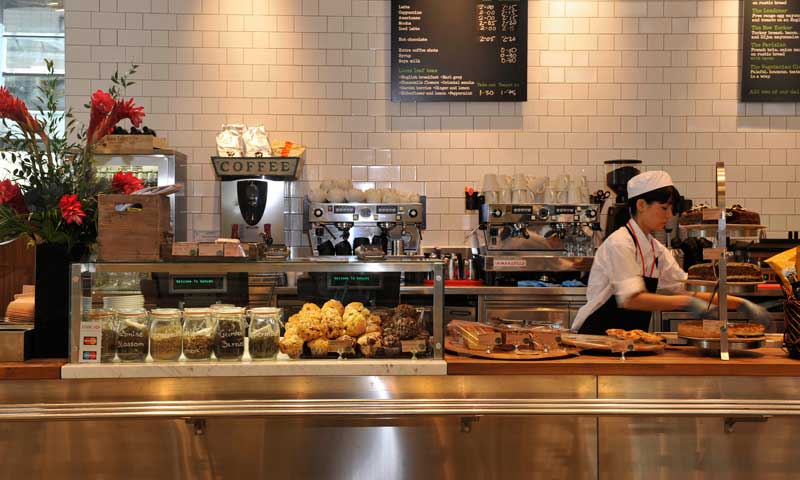
At the end of the Noble Street viewing walkway, the tiny garden on the right was the site of ‘St Olave Silver Street’ – notice the sign set into the low wall that says that it was also the site of the house of Chris and Mary Mountjoy, where Shakespeare lodged in 1604.
Turn to the left and walk along London Wall – the modern building above you on your right houses the Museum of London. It’s definitely worth seeing as some of the attractions are excellent, but you can easily spend many hours in this fascinating museum, so you may prefer to visit on another occasion. An escalator on your left gives access to the museum – and a plaque in the wall explains that this was once the site of St Mark’s Hospital, founded by Frederick Salmon in 1835.
London Wall now becomes Aldersgate Street, but only for a hundred yards before it changes to St Martin’s le Grand.
Cross over at the pedestrian crossing and in front of you is the Church of St Botolph without Aldersgate.
The entrance to St Botolph Church is on the right in Postman’s Park – a delightful little public space that’s very popular with city workers, especially in summer when the flowerbeds can look particularly attractive. Originally it was the churchyard and burial ground of the church, but later also incorporated the burial grounds of the nearby St Leonards and Christ Church Greyfriars. The reason the park is a little higher than the surrounding streets is because a shortage of burial places in the City meant corpses were often just laid on the ground and covered with soil – thus raising the levels.
The road that runs alongside the right of the park is called ‘Little Britain’, and it leads to Smithfield Market. It has quite a history as both William Shakespeare and the two Wesley brothers once lived here, though sadly, both houses were demolished some years ago. The house with ‘White Horse’ carved into its frontage and ‘Cross Key Square’ written above the gates was for several hundred years an inn, but it closed in the 1950s.
Leave the park by the way you entered and turn to the right down St Martin’s le Grand, passing an old police box.
On your right is the impressive No.1 St Martin’s le Grand. In 1890 it became London’s General Post Office (initially called the General Letter Office), though a postal office had been on the site since 1678. For a few years this was a very busy and congested place as mail coaches departed from here for destinations across the country. This wasn’t for long though, as shortly after it had opened, the railways began to transport mail far quicker and more cheaply than could be done by horses. By 1912 it had been partially demolished and replaced with the office building you see today. However, the building had played another part in the ‘communication innovation’ as it was from its roof in 1896 that Marconi demonstrated his wireless telegraphy system, sending messages to another nearby post office.
On the corner, by the pedestrian crossing, you’ll see a rather unusual octagonal post box. Designed in 1866 by architect John Penfold and so known at the ‘Penfold post box’, this replica was unveiled by Charles and Camilla in 2016 to commemorate the knighting in 1516 of Brian Tuke, the first Master of the Posts, by Henry Vlll.
Cross over St Martin’s le Grand at the pedestrian crossing, turn to the left and then immediately cross over into Gresham Street, with the Piccolo café and bar on the left. The Piccolo offers a range of snacks through to full meals – there’s a bigger seating area upstairs. You will often see London taxis parked outside as it’s popular with cab drivers – usually a good sign of reasonably priced, wholesome food.
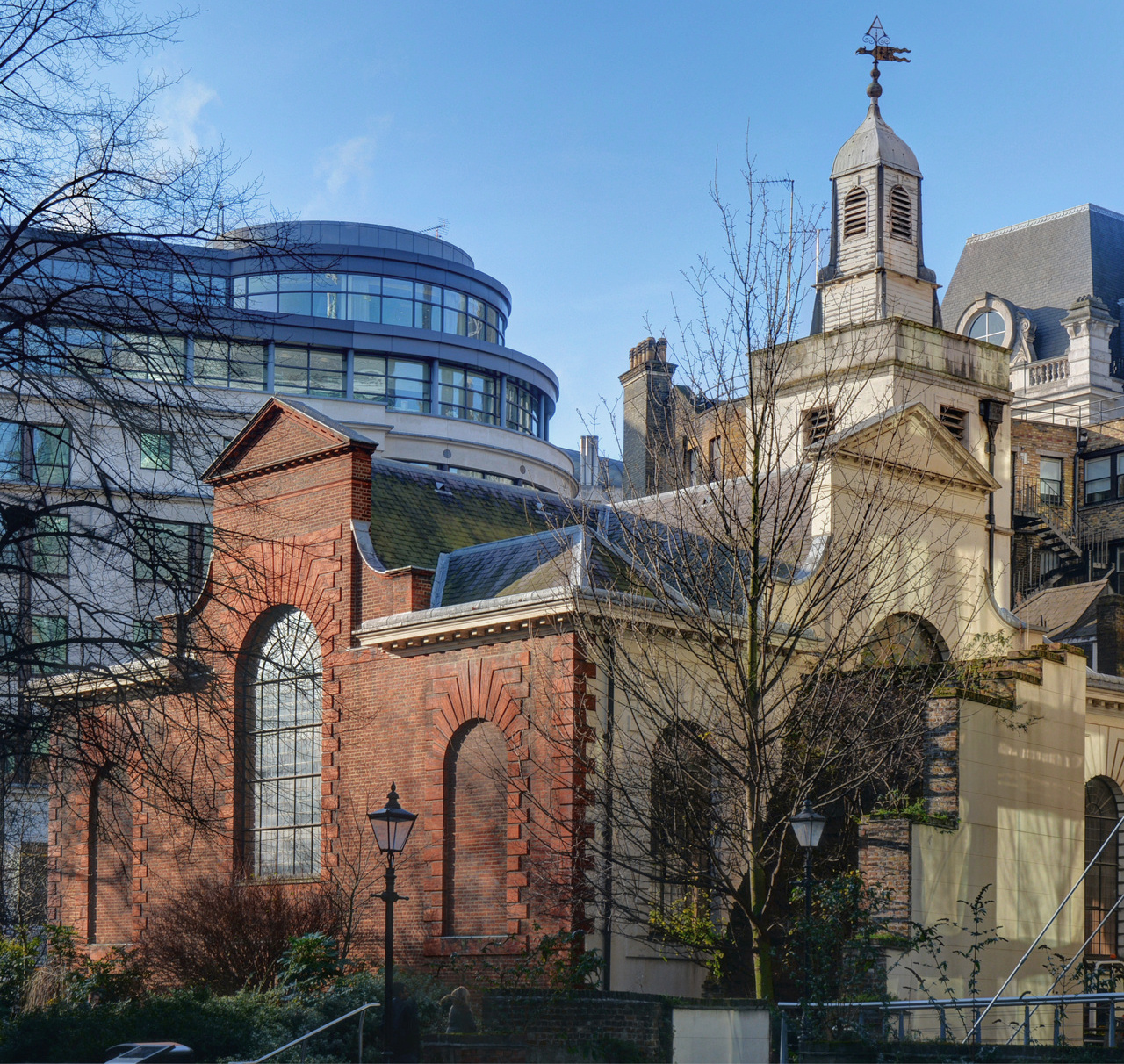
Next to the Piccolo is the Church of St Anne and St Agnes. It’s no longer used as a church but is now the VOCES8 Centre, an international centre of excellence for vocal music. The earliest records of the church date back to 1137, though it was gutted by fire in 1548, rebuilt, then destroyed again in the Great Fire. Rebuilt by Christopher Wren, it was destroyed yet again during the Second World War and rebuilt again in the 1960s in Wren’s original style. For many years it was used as a Lutheran church by immigrants from countries such as Estonia and Latvia. Following their move to another church it became the choral centre that it still is today.
Cross over Noble Street and in front of the modern Lloyds Bank office (much improved by the ‘boxed topiary’ on the first-floor level) is a small garden. It is on the site of St John Zachary Church, destroyed in the Great Fire and never rebuilt. The garden is owned by the Worshipful Company of Goldsmiths, whose Hall is almost opposite – notice the Goldsmiths’ emblem of leopards’ heads at the entrance to the garden. It was redeveloped in 1995 by the Worshipful Company of Gardeners in conjunction with the Worshipful Company of Blacksmiths, Lightmongers and Constructors. There is another garden on a lower level that is accessed via steps in the right-hand corner.
And possibly of interest to any teacher reading this, it was here in the mid-1400s that the vicar of the church, William Byngham, founded the first ever teacher training college in Britain. And if you think you’ve seen the garden before – it was used in the film version of Stieg Larsson’s ‘The Girl with the Dragon Tattoo’.
Cross over Gresham Street and as I’ve just mentioned the building opposite is the large but plain looking hall of the Worshipful Company of Goldsmiths. And while it might be plain from the outside it certainly isn’t inside.
Turn to the right and walk down Gutter Lane, which runs between the Goldsmiths’ Hall and the outwardly more impressive Hall of the Wax Chandlers. Their building is the seventh on the site, the first being built in 1501. Although considerably smaller than the Goldsmiths next door, I like it.
Another livery company’s hall – The Haberdashers – used to be opposite but they have moved to new premises close to Smithfield Market.
As you walk down Gutter Lane, you’ll see the Assay Office on the side of the Goldsmiths’ Hall.
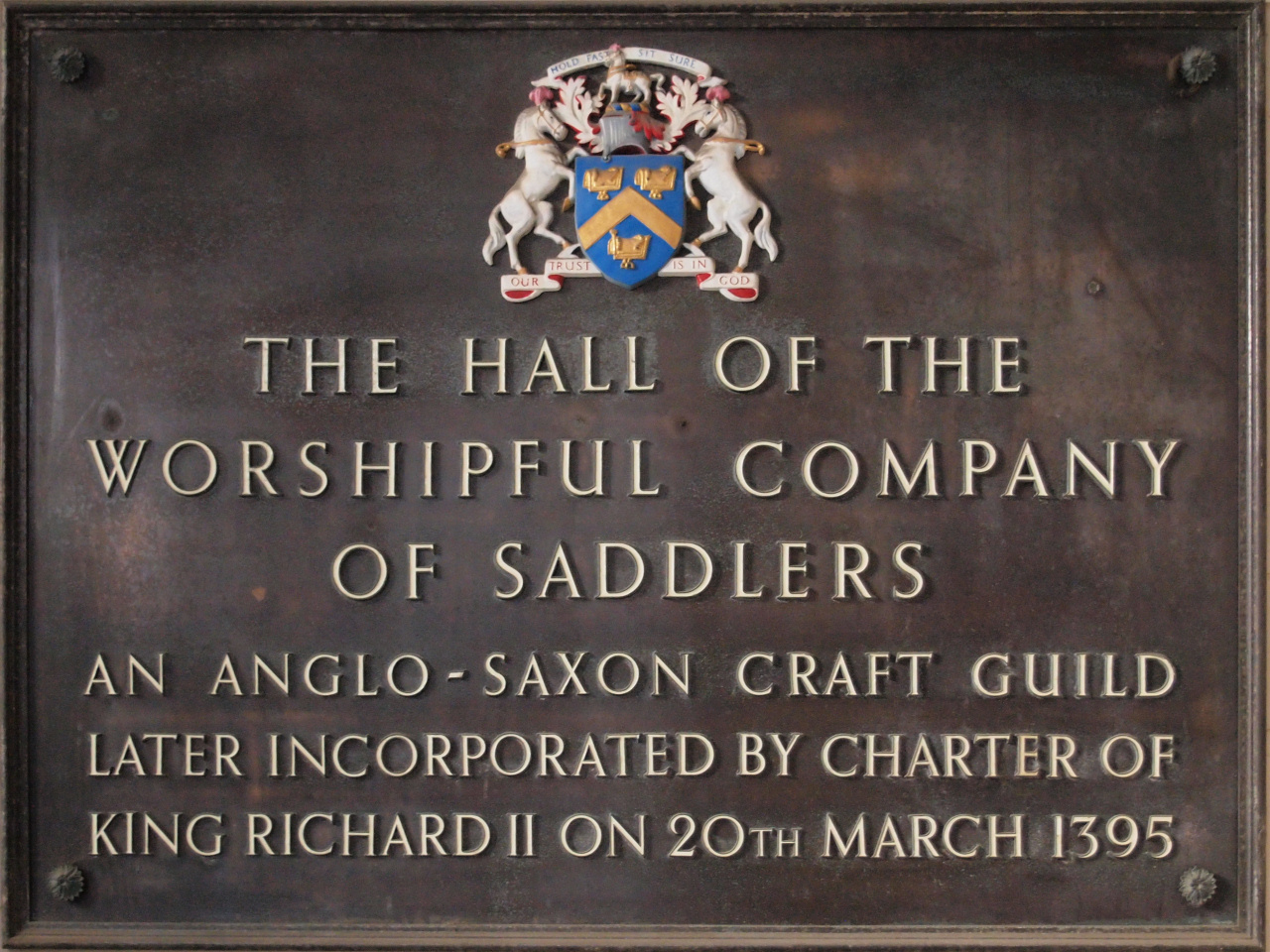
Pass Carey Lane on your right and turn right into Priest Court – the ‘lane’ that goes under a large office building.
The building on the left side is another livery company’s hall – this time the Worshipful Company of Saddlers. It’s a lovely building and worth taking a look at its front before walking up the lane – (you can see the rear of it as you walk through.) The modern office building on the other corner of Priest’s Court was once the hall of the Worshipful Company of Broderers. Built in the 17th century, it was destroyed by bombs in 1941 and never rebuilt. They now use the Hall of the Mercers for their official events. And ‘Broderers’? As the name might indicate, they were embroiders, and although they are now one of the smaller of the livery companies, they still support and have close links with the Royal School of Needlework, making awards to encourage proficiency in embroidery amongst students.
At the end of Priests Court, turn left into Foster Lane and just a few yards along, immediately before St Vedast-alias-Foster church, is a doorway that leads into its tiny churchyard. A plaque inside the entrance contains part of a Roman pavement found beneath a nearby church that was demolished 1886.
The church itself is rather lovely and worth popping in for a look. I like the ‘Book of the Sick’ that you see displayed and which visitors are able to add names to. It is placed on the High Altar during Eucharistic prayer and Sunday services.
Finish: Cheapside |
Turn left out of the church back into Foster Lane, walk to the end and you are at the start of Cheapside, an historic and interesting street that I have covered in the City of London walk 2.
Across on your right you will see St Paul’s Cathedral and the entrance to the underground station is just around the corner to the right. Numerous bus routes pass close by, so I won’t attempt to list them all here.
I hope you have enjoyed the walk. If you have any comments or suggestions then I’d love to hear them.
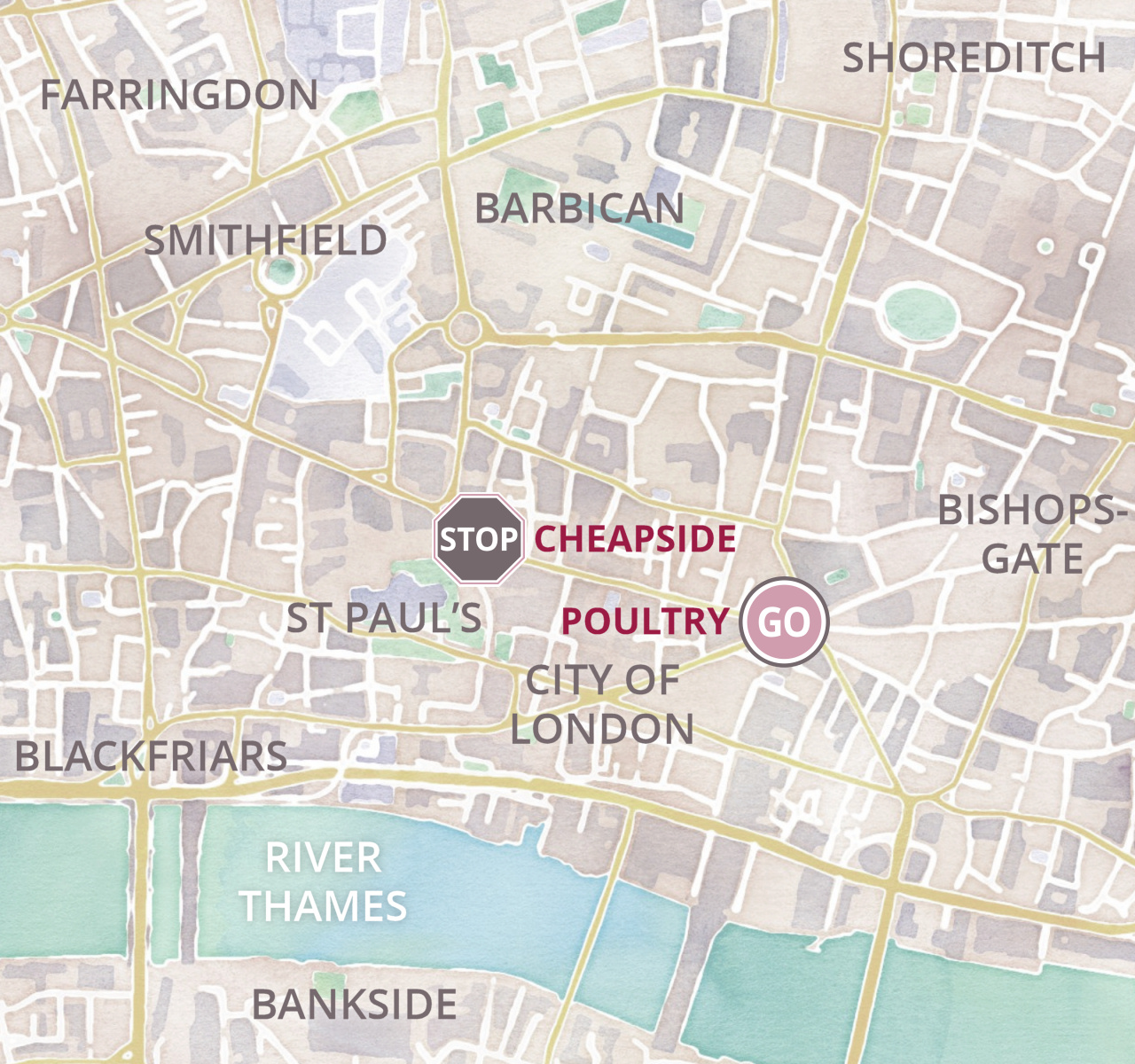
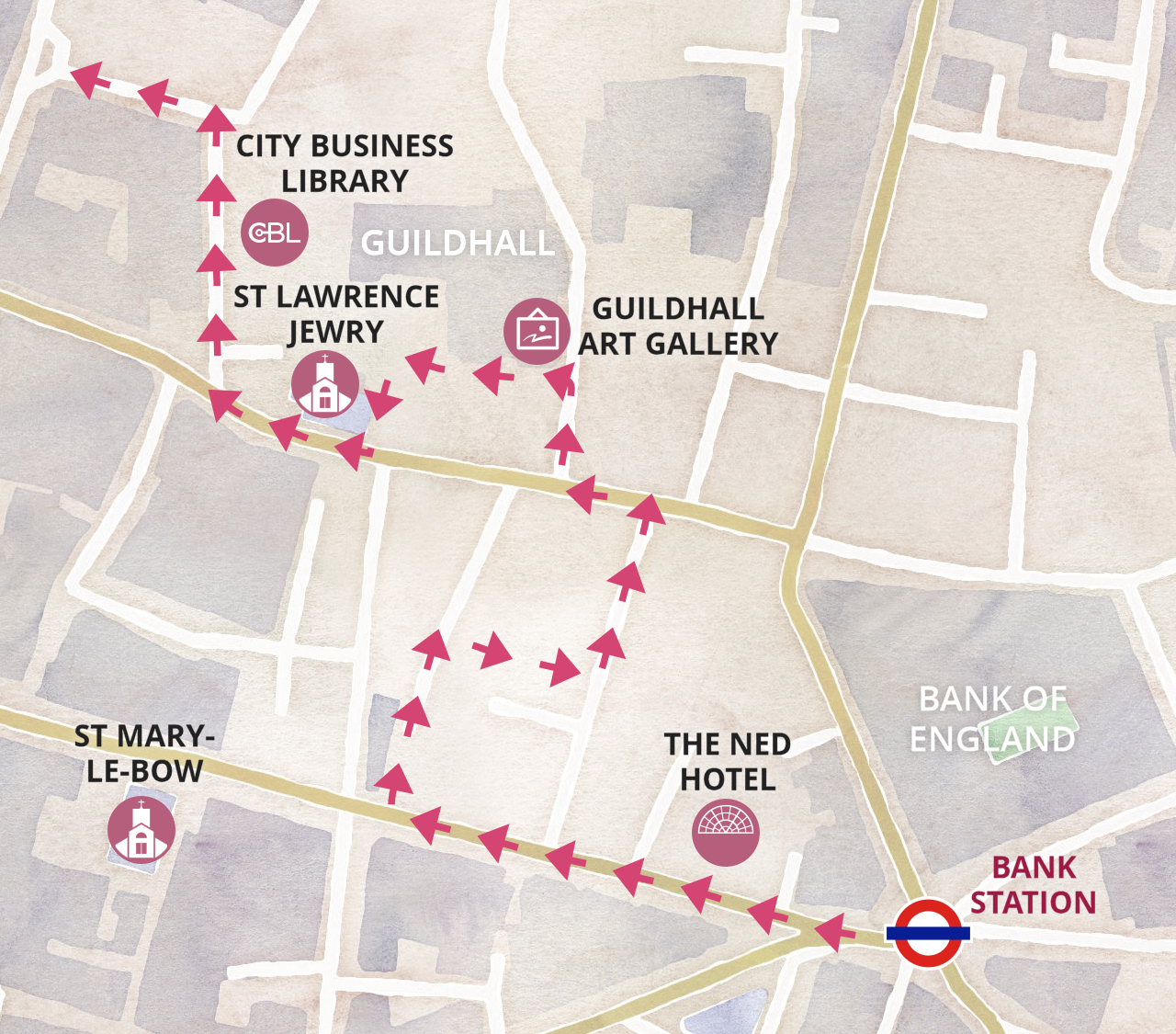
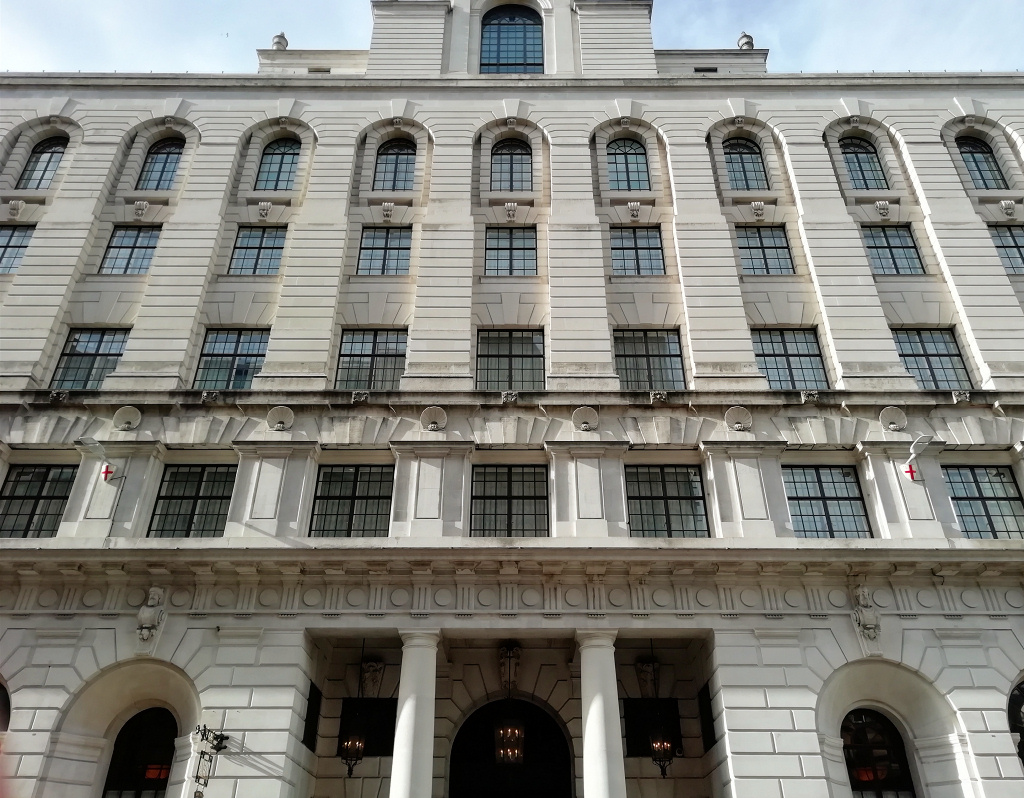 Finally, the hotel’s unusual name? ‘Ned’ was simply the nickname of the renowned British architect, Sir Edward Lutyens.
Finally, the hotel’s unusual name? ‘Ned’ was simply the nickname of the renowned British architect, Sir Edward Lutyens.
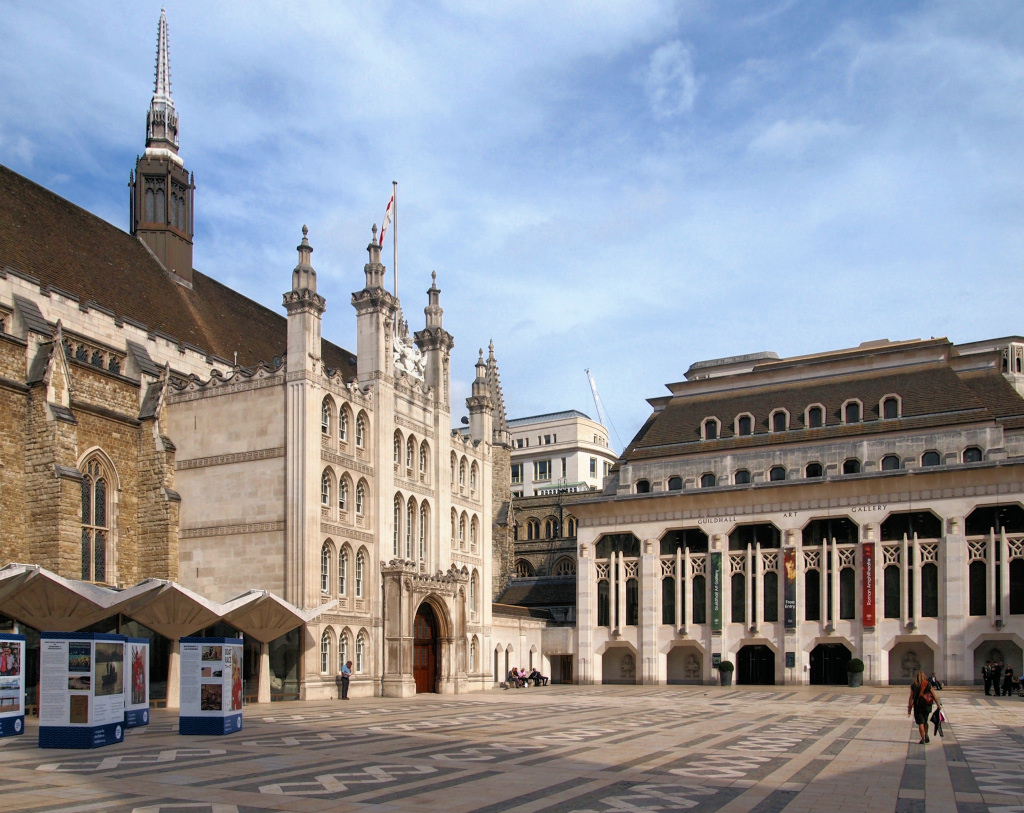
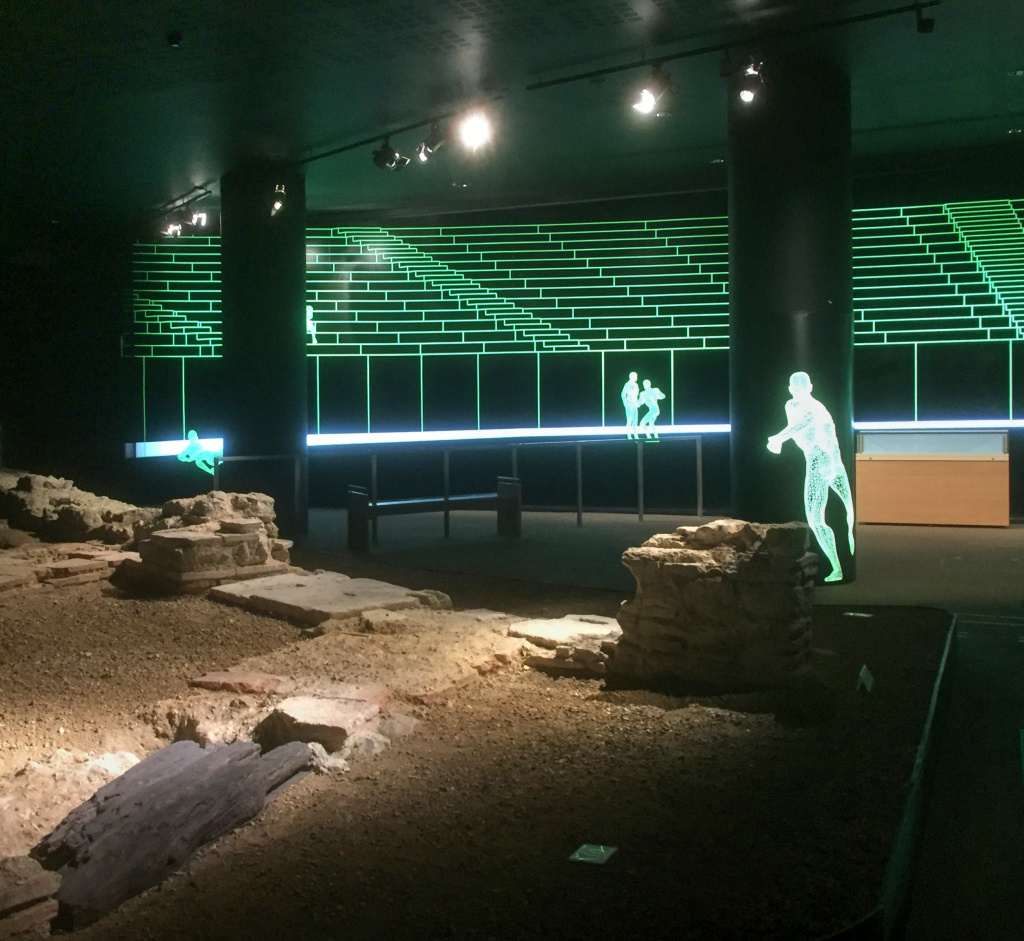 And the name Guildhall? There are two possible reasons, and both are likely to be correct. The first is because of the association it has had since medieval times with the City’s guilds, whilst the other is that the Anglo-Saxon word ‘Gild’ was associated with paying taxes, and it is known that people did come to the ‘gild hall’ to do that.
And the name Guildhall? There are two possible reasons, and both are likely to be correct. The first is because of the association it has had since medieval times with the City’s guilds, whilst the other is that the Anglo-Saxon word ‘Gild’ was associated with paying taxes, and it is known that people did come to the ‘gild hall’ to do that.